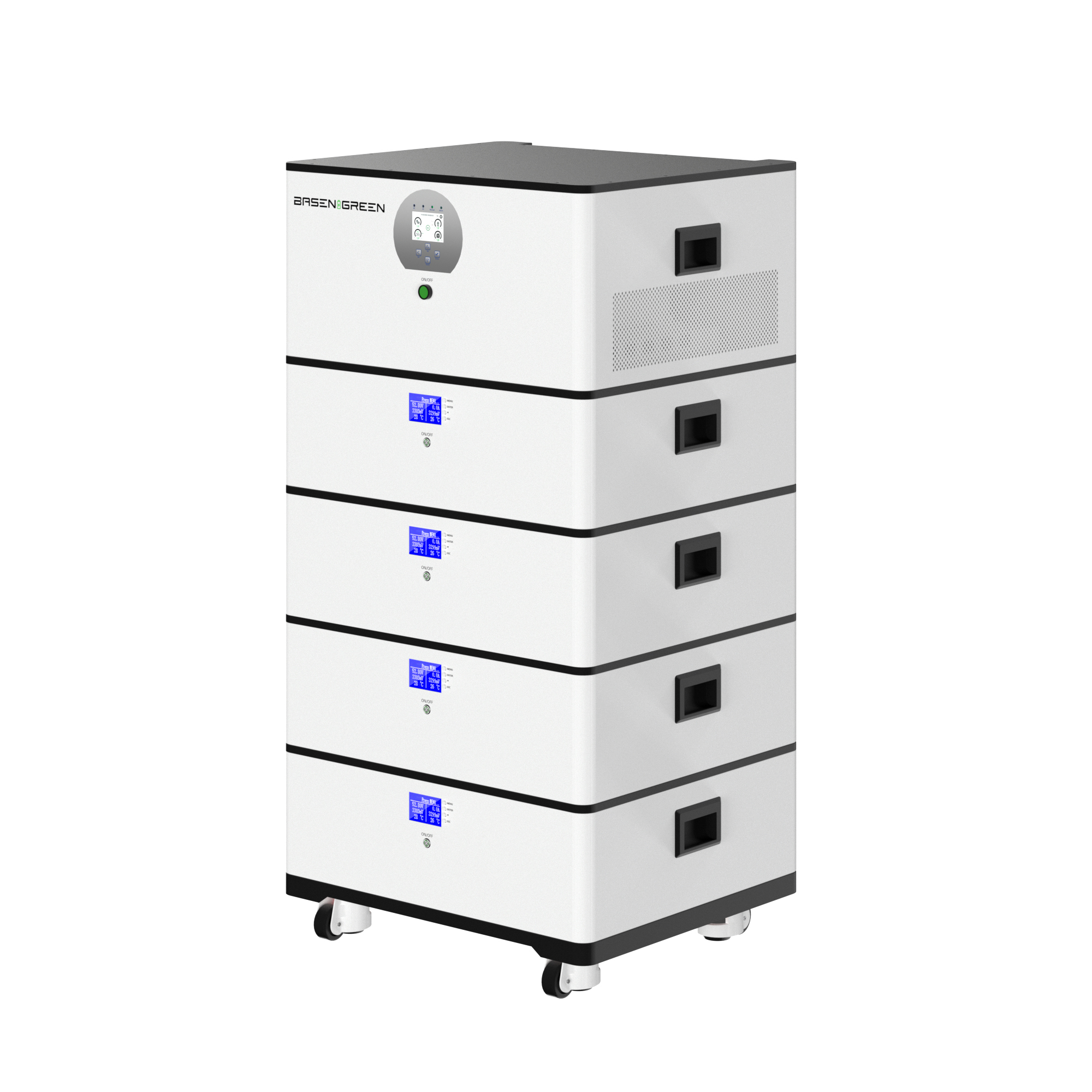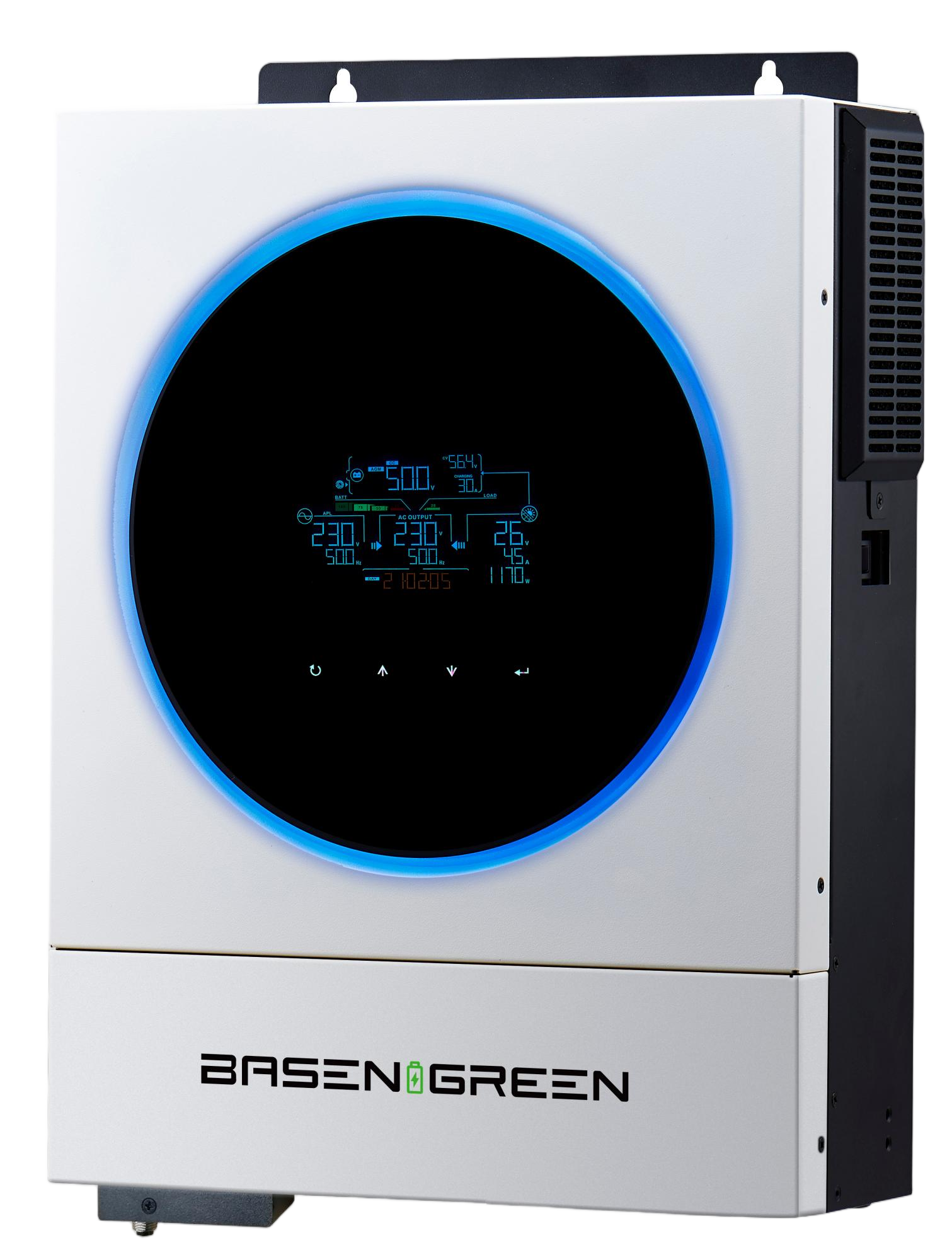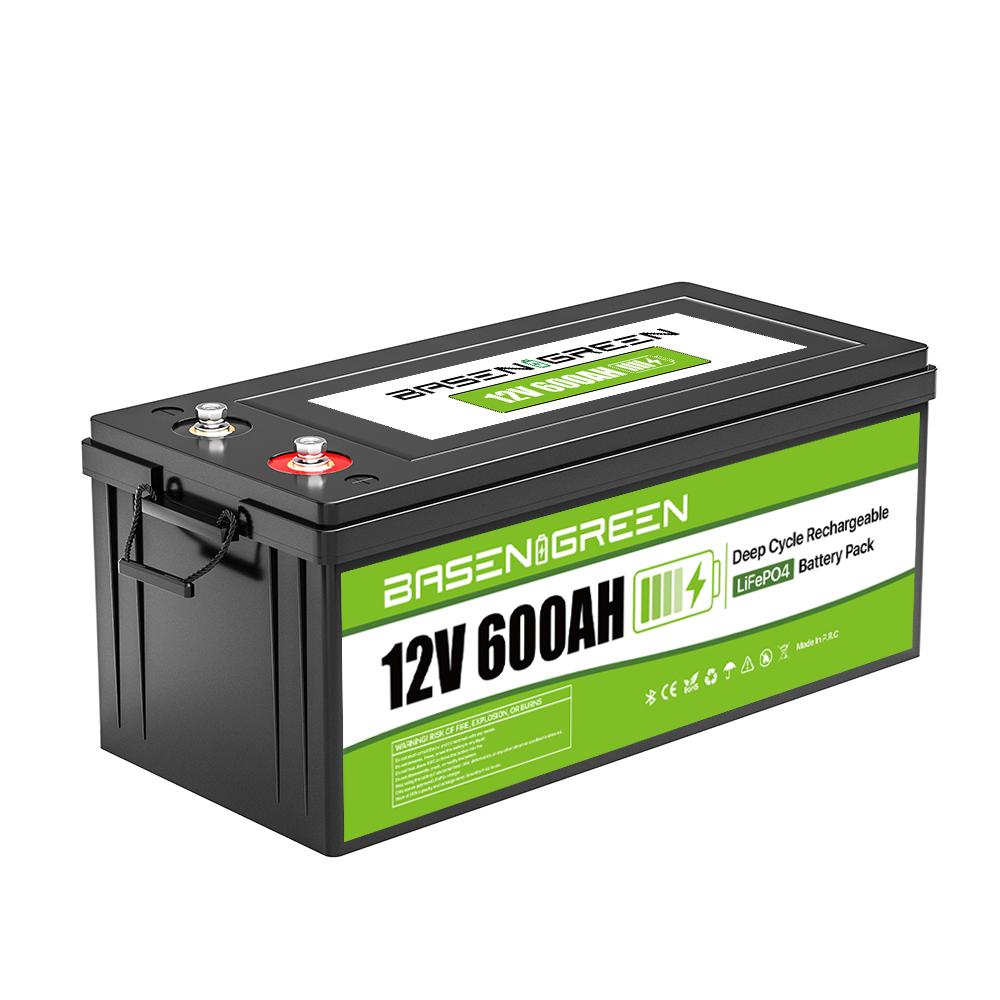628Ah Battery Marine Certification Requirements: Understanding UN38.3 Standards
As the demand for marine electric propulsion systems continues to grow, the need for reliable and safe marine batteries becomes increasingly critical. One of the most important considerations when selecting or manufacturing marine batteries is compliance with international safety standards, particularly the United Nations (UN) **UN38.3** regulations. These regulations are specifically designed to ensure the safe transport of lithium batteries, including those used in marine applications. , we will explore the key requirements for marine battery certification under UN38.3, focusing on the **628Ah battery** as a case study.
### What is UN38.3?
UN38.3 is a set of testing and certification requirements established by the United Nations for the transport of lithium batteries. These standards are part of the larger **UN Recommendations on the Transport of Dangerous Goods (TDG)**. The primary goal of UN38.3 is to ensure that lithium batteries are safe for transportation by air, land, and sea. Given the increasing use of lithium batteries in marine applications, compliance with UN38.3 is not only a regulatory requirement but also a critical factor in ensuring the safety and reliability of marine operations.
### Key Requirements for Marine Battery Certification
Marine batteries, especially those with high capacities like the **628Ah battery**, must meet specific certification requirements to ensure their safe operation and transportation. Below are the primary requirements under UN38.3:
1. **UN38.3 Testing Requirements
To obtain certification, marine batteries must undergo a series of rigorous tests to demonstrate their safety and reliability. These tests include:
High-Temperature Test: Ensuring the battery can withstand elevated temperatures without leaking or catching fire. Low-Temperature Test: Evaluating the battery’s performance and safety at low temperatures, which are common in marine environments. Pressure Test: Testing the battery’s ability to withstand high pressure, such as during transportation or operation in deep-sea environments. Vibration Test: Simulating the vibration conditions encountered during transportation to ensure the battery’s structural integrity. Drop Test: Assessing the battery’s resistance to damage when dropped from a certain height, mimicking accidental handling during transportation or installation.These tests are designed to simulate real-world conditions that marine batteries may encounter, ensuring they can operate safely and efficiently in demanding environments.
2. **Battery Capacity and Configuration
Marine batteries, particularly high-capacity units like the **628Ah battery**, must be designed and configured to meet the specific needs of marine applications. This includes:
Electrical Output: The battery must provide sufficient power to meet the demands of marine systems, such as electric propulsion, navigation equipment, and lighting. Physical Dimensions: The battery must be compact and lightweight enough to fit into marine vessels while maintaining structural integrity. Chemical Composition: The battery’s chemistry must be stable and resistant to environmental factors, such as saltwater corrosion and temperature fluctuations.For a **628Ah battery**, these requirements are particularly critical, as the battery’s capacity and energy density make it a popular choice for marine applications. However, this also means that the battery must undergo rigorous testing to ensure its safety and reliability.
3. **Certification Process
Obtaining UN38.3 certification for a marine battery involves several steps, including:
Design Review: A thorough review of the battery’s design to ensure it meets all safety and performance requirements. Testing: Conducting the required UN38.3 tests in a certified laboratory to evaluate the battery’s safety and performance under various conditions. Documentation: Providing detailed documentation, including test reports, design specifications, and operating instructions. Approval: Submitting the documentation and test results to the relevant regulatory authority for approval.For a **628Ah battery**, this process is essential to ensure that the battery meets the stringent requirements of marine environments and complies with international safety standards.
4. **Compliance with Marine Regulations
Marine batteries must also comply with additional regulations specific to marine environments. These include:
International Maritime Organization (IMO) Standards: Ensuring the battery meets IMO requirements for marine equipment and systems. Classification Society Requirements: Compliance with standards set by classification societies such as DNV, ABS, or Lloyd’s Register. Environmental Regulations: Ensuring the battery’s materials and chemicals are environmentally friendly and meet marine environmental protection standards.These additional requirements further highlight the importance of rigorous testing and certification for marine batteries like the **628Ah battery**.
### The Importance of Compliance
Compliance with UN38.3 and other marine regulations is not just a legal requirement; it is also critical for ensuring the safety and reliability of marine operations. A failure to meet these standards can result in serious consequences, including accidents, environmental damage, and legal penalties. For manufacturers and suppliers of marine batteries, obtaining the necessary certifications not only ensures compliance but also enhances the credibility and marketability of their products.
###
The **628Ah battery** is a powerful and versatile energy storage solution that is increasingly being adopted in marine applications. However, its use requires strict compliance with international safety standards, including UN38.3. By understanding and meeting these requirements, manufacturers and users can ensure the safe and efficient operation of marine batteries, contributing to the growth of sustainable and reliable marine technologies.
As the marine industry continues to evolve, the importance of compliance with standards like UN38.3 will only grow. By staying informed and adhering to these regulations, we can ensure that marine batteries like the **628Ah battery** continue to play a key role in the future of marine transportation and energy systems.






